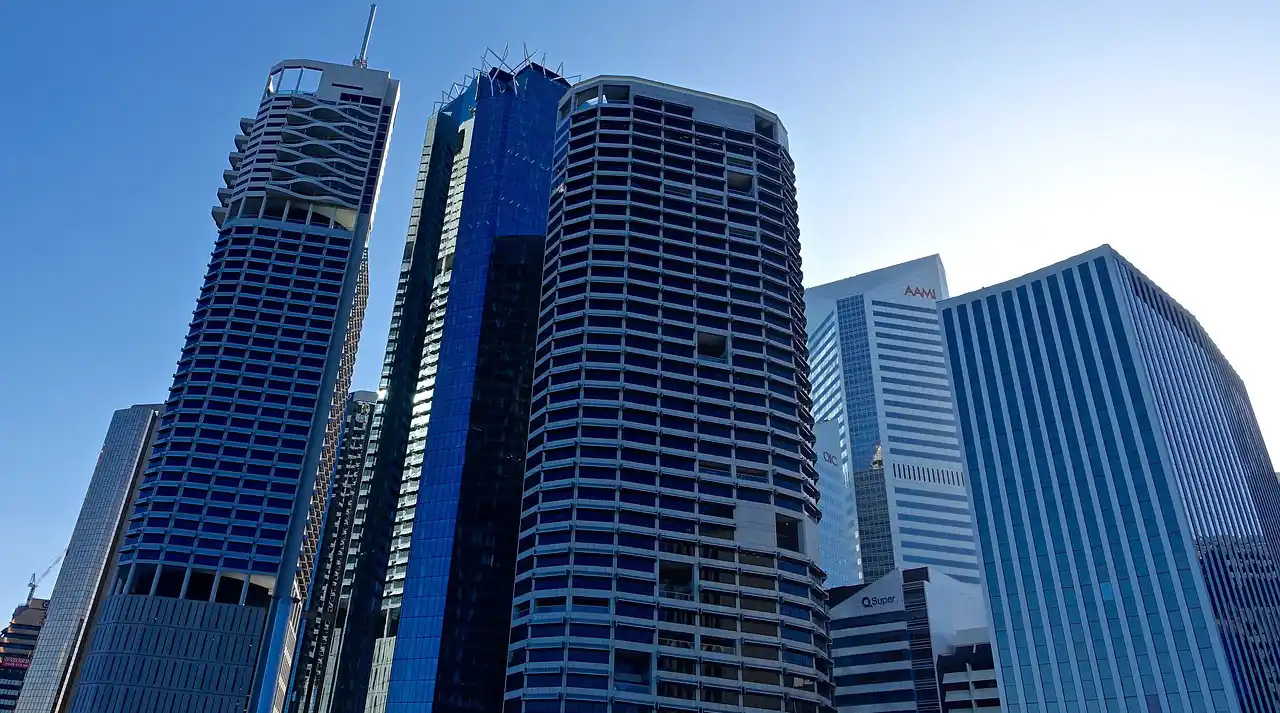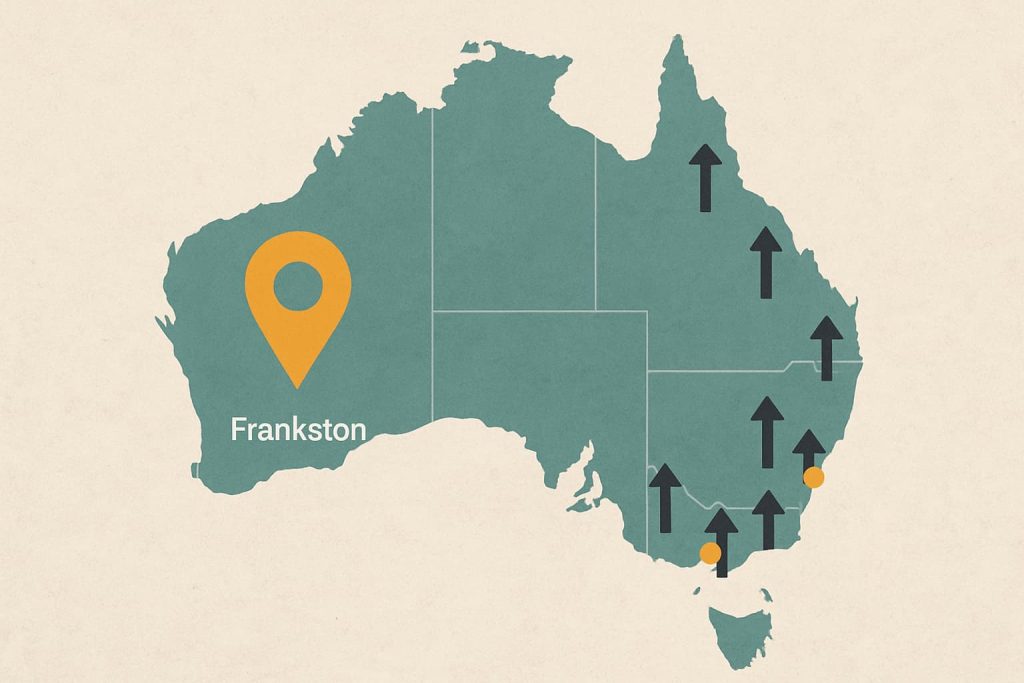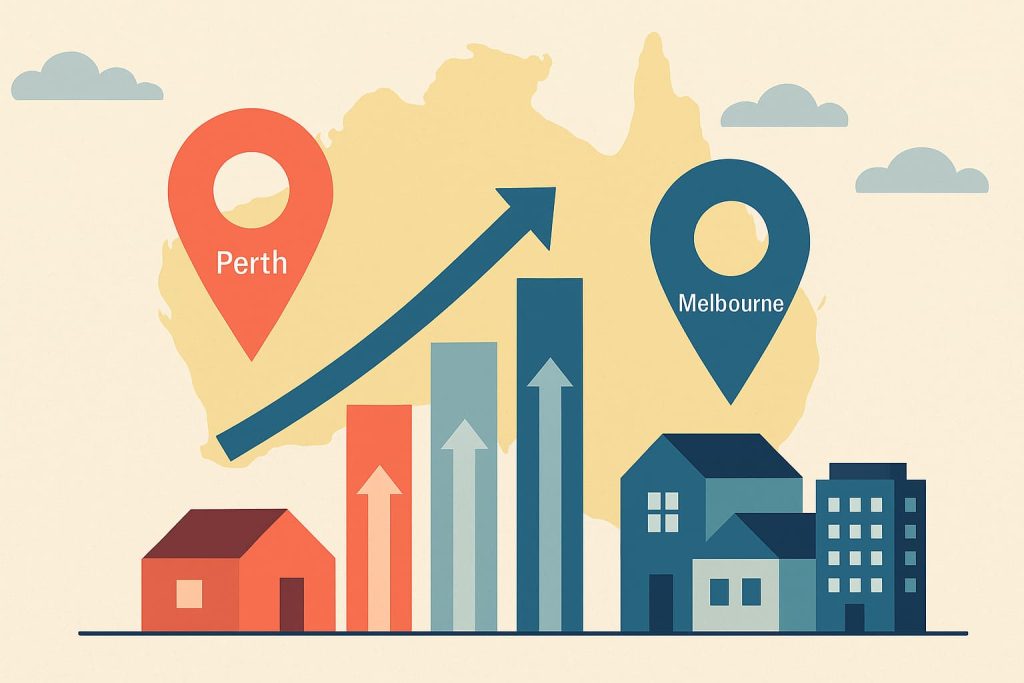It will soon be Australia’s most populous city and now Melbourne could be emerging as the nation’s most attractive capital city property market when it comes to affordability.
Since the beginning of the COVID pandemic to now, circumstances have placed Melbourne at a point where it could very well appeal to some buyers as the best and most affordable capital city option.
CoreLogic Australia research director Tim Lawless spoke to Your Investment Property Magazine and said Melbourne’s struggles during lockdown and subsequent sluggish property market could now become an advantage.
“Melbourne house values have increased a mere 1.6 per cent over the period, while every other capital city has seen double-digit growth, ranging from a 16.5 per cent gain in Sydney to a 45.2 per cent surge in Adelaide,” he said.
“Melbourne homeowners might be disappointed at the city’s substantially lower growth rate but for home buyers the sluggish conditions could give Melbourne an attractive affordability advantage.”
When you compare Melbourne to the nation’s other biggest city, Sydney, the difference in median house price between the two has stretched out to around 30 per cent in May this year, after being 19 per cent at the onset of the pandemic.
That equates to around $380,000 less on the purchase of an average property.
Over the same time, other capital cities around the country have been able to bridge their gap between themselves and Melbourne, such as Brisbane which is now just 15 per cent cheaper.
Mr Lawless said there were a number of reasons why Melbourne property has been more sluggish than elsewhere since the pandemic hit.
“The city experienced a more substantial drop in value than other capitals through the early stages of COVID, it recorded a softer increase through the upswing and there’s been a significant decline in values through the rate hiking cycle to-date,” he told Your Investment Property Magazine.
Melbourne also saw a significant drop in interstate and overseas migration over the period, something that has now rectified itself with positive growth forecasts for both.
“It’s likely Victoria will once again have reached a positive interstate migration position, putting an end to 10 consecutive quarters of decline,” Mr Lawless said.
“With Australia’s annual net overseas migration surging to new record highs and Victoria’s first possible rise in interstate migration since Q1 2020, housing demand across Melbourne has begun to strengthen substantially.”
With the continuing monetary policy tightening by the Reserve Bank in the form of higher interest rates and cost of living pressures for most Australians, the good value on offer for Melbourne property is sure to attract a greater share of buyer demand.
“The city’s advertised supply level is trending lower and is 13.4 per cent below levels at the same time last year and 7 per cent below the previous five-year average,” Mr Lawless said.
“Melbourne’s rental vacancy rate of 0.8 per cent in May is also one of the lowest in the country and yet another potential factor supporting purchasing demand for those with the financial capacity to enter the market.”
The major hurdle in front of Melbourne’s property market and its affordability attractiveness is the current spectre of rising interest rates.
The level to which Melbourne can emerge as the nation’s most value option for property will largely be determined by how much rising interest rates affects the ability for prospective buyers to access credit and how many people will be forced to sell up after falling off an interest rate cliff, flooding the market with supply.



